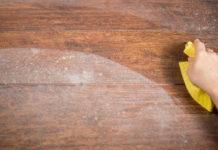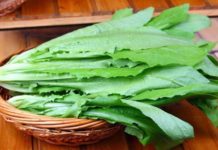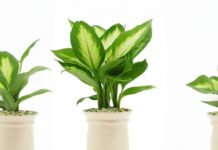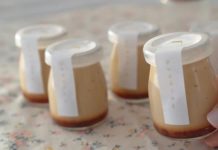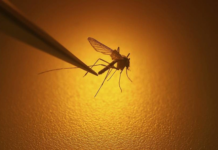It is well known that plants need watering, but not just any kind of watering will do.
Many new plant owners think that simply wetting the soil is enough, but this can actually harm the plants.
If you are growing plants that have yellow leaves, leaf drop, root rot, or failure to bloom, it is often due to improper watering. Here are 5 “toxic” types of water that are not suitable for watering plants. Do not use them!
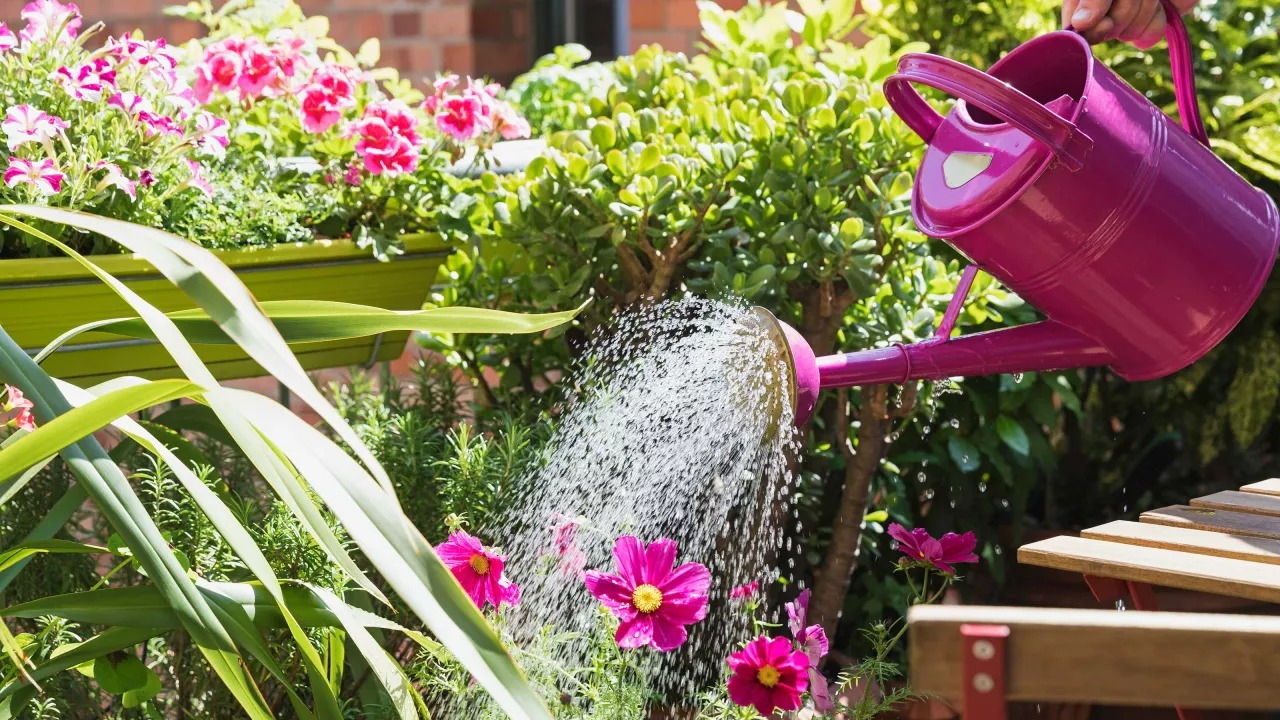
If you are growing plants that have yellow leaves, leaf drop, root rot, or failure to bloom, it is often due to improper watering.
1. “Type of water” for watering plants on cloudy days
When we water flowers and plants, the weather conditions are important. Try to water when it is sunny and avoid watering when it is raining.
First of all, rainy weather brings moisture and high humidity in the air. After watering on cloudy days, the plants remain saturated with water.
This causes waterlogging in the plant pot and overly wet soil, which leads to root rot. When it rains, the air is humid and the low temperature slows down the evaporation process.
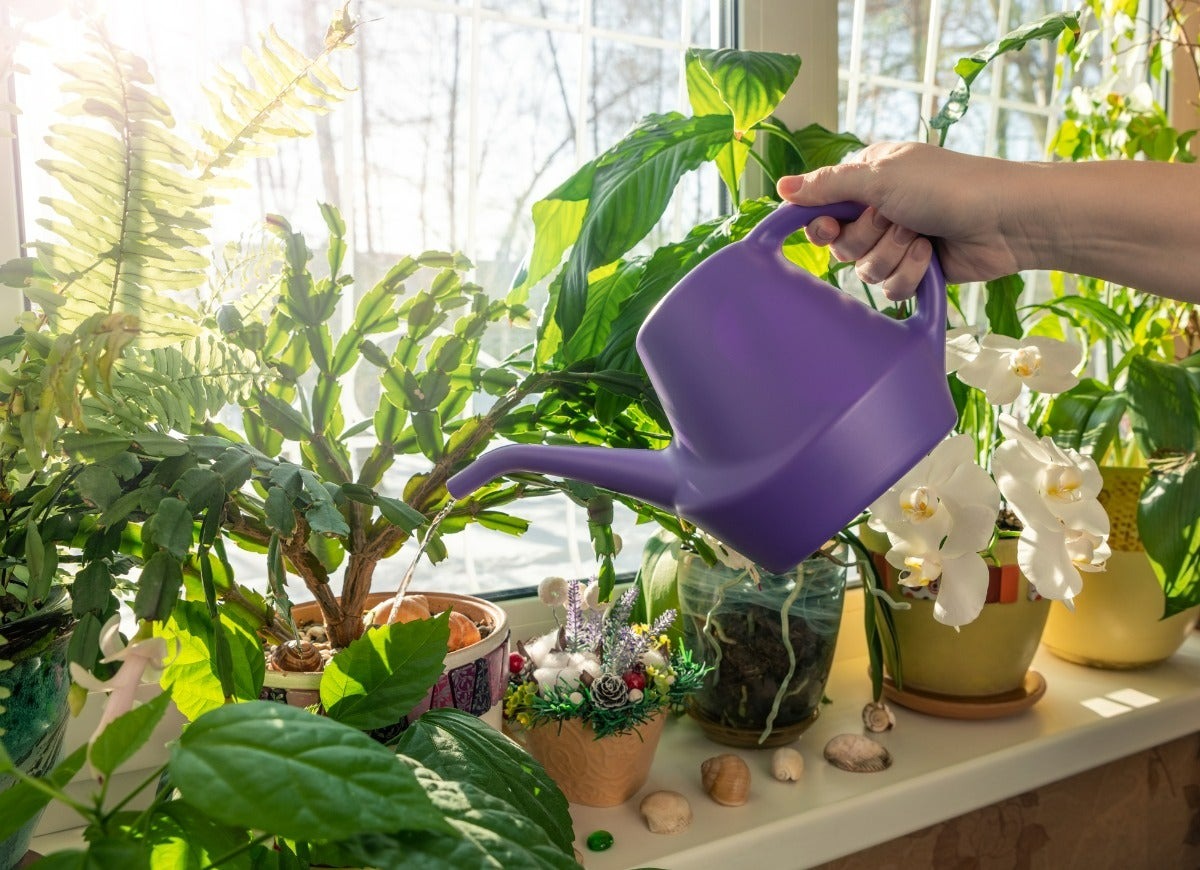
“Type of water” for watering plants on cloudy days can cause plants to suffer.
As a result, the soil becomes waterlogged, and if you water the plants, the water will linger in the pot, causing the roots to rot and the leaves to turn yellow.
If your plants are severely water-deficient, you can water them on rainy days. However, after watering, pay attention to drainage. If the plants are outdoors, protect them from rain.
If the plants are indoors, place the pots in a well-ventilated area to avoid excessive water accumulation.
2. “Type of water” that is too rich and concentrated, causing root burn
Many people like to search for plant growing experiences from others on the internet. However, there are many inaccuracies and half-understandings on the internet.
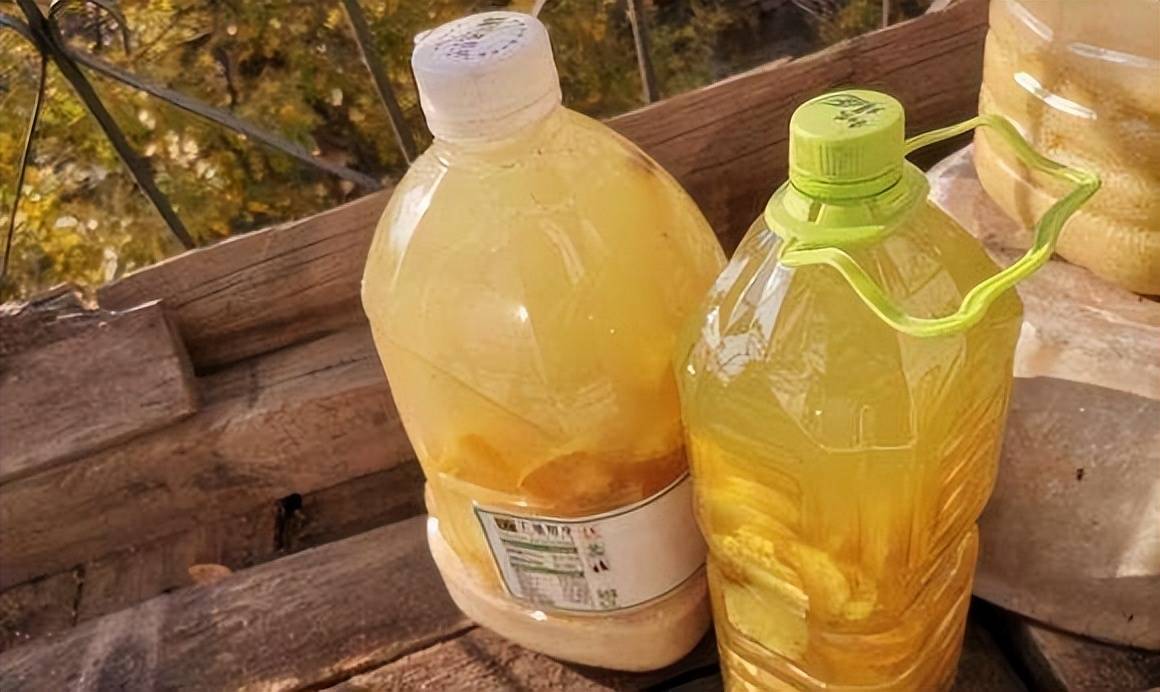
For these soaking waters, you need to soak them for a long time to ferment and then dilute them before watering the plants.
Many people are taught to use rice washing water, kitchen waste oil, soybean water, and fruit peel water to water plants because these waters can provide nutrients to the plants.
But pouring these waters directly onto the plants will kill them quickly. Such “rough” waters, when watered on plants, undergo immediate fermentation in the plant pot, generating heat that “burns” the roots, causing the leaves to turn yellow, drop, and die quickly.
Moreover, this attracts flies, mosquitoes, insects, and pests that can weaken and kill the plants.
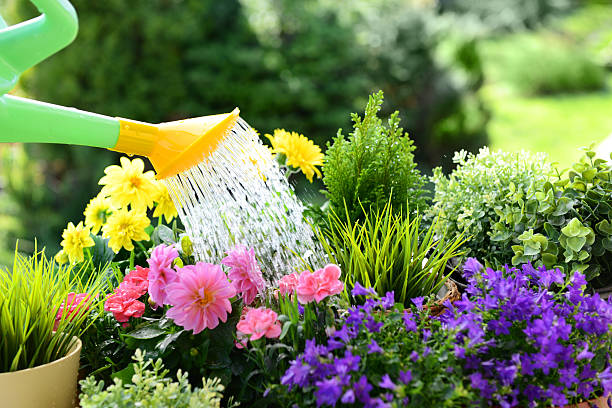
And when the water has fermented, you need to dilute it multiple times before watering the plants.
If you want to make nutrient water for plants on your own, you need to understand the proper method. Soaking waters such as spoiled milk, fruit peel water… need to be soaked for a long time to undergo fermentation.
And after fermentation, you need to dilute the water several times before watering the plants. Do not use concentrated fertilizers or nutrient-rich water; the plants will not appreciate it.
3. “Type of water” for watering plants at noon in summer and in the evening in winter, causing “burn” and “chill” damage
The temperature varies in different seasons, and the timing of watering plants should also vary. In summer, the hottest and highest temperature occurs at noon.
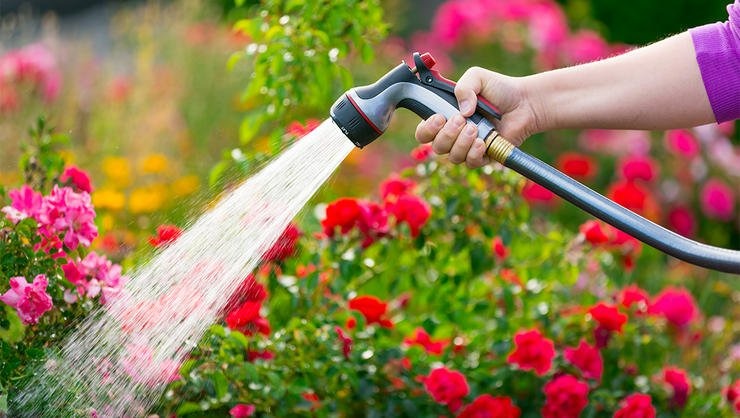
“Type of water” for watering plants at noon in summer and in the evening in winter can cause “burn” and “chill” damage to plants.
Watering plants at this time will stimulate the roots with cold water and cause root damage. Therefore, in summer, avoid watering at noon and prefer watering in the morning or evening when the temperature is cooler.
On the contrary, in winter, the situation is completely different. The morning and evening are the coldest times of the day. Watering plants at these times will lead to excessive water absorption by the roots and can cause chilling damage.
Thus, in winter, you need to water plants at noon. Noon is the time of the highest temperature of the day. Watering at this time can minimize the effects of low temperature on the plants.
4. “Type of water” that is only poured halfway, causing plants not to receive enough water
The so-called “halfway watering” means watering too quickly or with too little water, and the soil in the pot is not thoroughly watered.
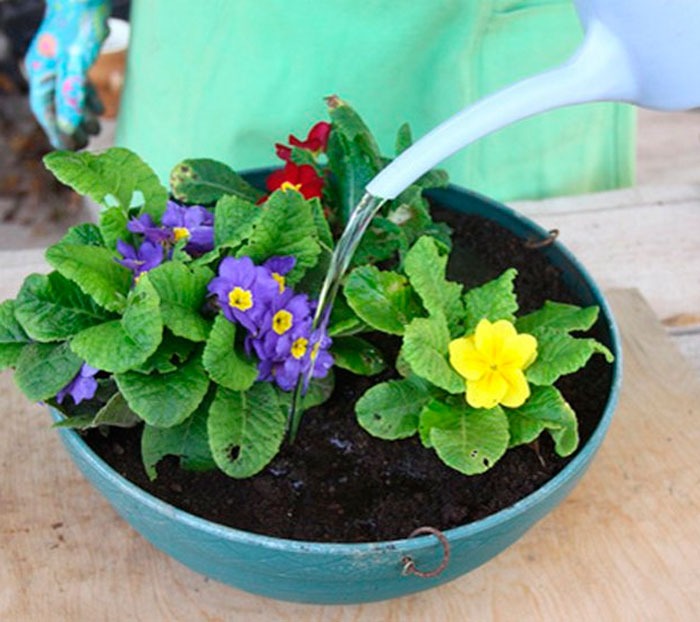
Water plants slowly and thoroughly when watering them.
As a result, the soil in the upper half of the pot is moist, but the lower half remains dry. The roots will not be able to absorb enough water. This watering method can cause serious damage to flowers and plants.
As the plant’s root system has spread throughout the pot, filling the entire space, if you only water halfway, the roots in the lower part will not be able to absorb water. After a long period, the roots in dry soil will die due to lack of water.
Once the root is dead, it cannot absorb water and nutrients normally, severely hindering the growth and blooming of the plant and may even cause the entire plant to die.
Therefore, water plants slowly and thoroughly. Water along the edge of the flower pot in a circular motion until water flows out from the bottom of the pot to ensure thorough watering.
Source: Dân Việt










